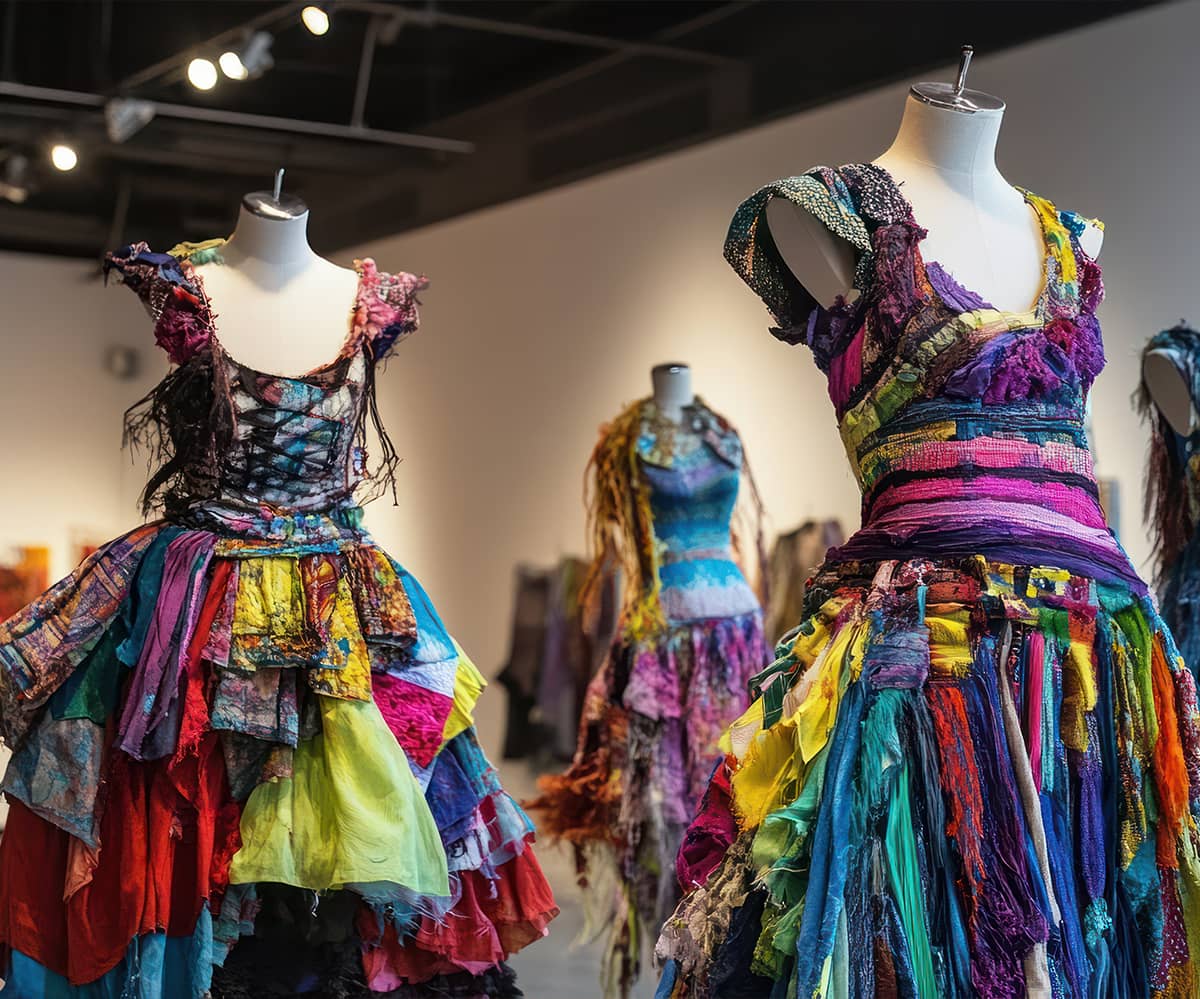The Artistic Debate: Choosing Between Oil Paint and Acrylic Paint
Art, in its many forms, is a profound medium for self-expression, conveying emotions, and capturing the essence of the world around us. When it comes to painting, artists are presented with a wide range of options, including various painting techniques and mediums. One of the most fundamental decisions an artist faces is choosing between oil paint and acrylic paint. Both mediums offer unique qualities and characteristics, each with its own merits. In this article, we will explore the differences between oil paint and acrylic paint, and delve into the factors artists consider when making this crucial choice.
Oil Paint: Timeless Tradition and Lustrous Depth
Oil paint has a rich history dating back centuries, favored by the old masters such as Leonardo da Vinci and Rembrandt. It is known for its luxurious texture, deep and luminous colors, and the ability to create intricate details. Oil paint consists of pigments suspended in an oil-based medium, usually linseed oil. This slow-drying medium provides artists with extended working time, allowing for blending and reworking.
One of the key advantages of oil paint is its unmatched color vibrancy. The pigments in oil paint retain their intensity over time, resulting in paintings that maintain their original brilliance for decades. The slow drying process of oil paint also allows artists to achieve smooth transitions between colors and create subtle tonal variations. Additionally, oil paint offers a wide range of techniques, including glazing and impasto, providing artists with endless possibilities for texture and depth.

Acrylic Paint: Versatility and Speed
In contrast to the traditional nature of oil paint, acrylic paint emerged in the mid-20th century as a revolutionary medium. Acrylic paint consists of pigments suspended in an acrylic polymer emulsion, which dries quickly, creating a durable and water-resistant surface. This characteristic makes acrylic paint popular among artists who prefer a faster-paced working process.
One of the most notable advantages of acrylic paint is its versatility. Artists can use it on a wide range of surfaces, including canvas, paper, wood, and even metal. Acrylic paint also allows for easy mixing of colors, providing artists with an extensive color palette. The quick-drying time of acrylics enables artists to layer colors rapidly, allowing for immediate adjustments and corrections. Additionally, acrylic paint offers a range of finishes, from glossy to matte, depending on the desired effect.
Factors to Consider: Personal Preference and Practicality
When choosing between oil paint and acrylic paint, artists must consider several factors, including personal preference, desired effects, and practicality.
1 – Personal Preference: Some artists are naturally drawn to the traditional nature of oil paint, appreciating its timeless beauty and the ability to work with it over an extended period. Others might be inclined toward acrylic paint for its versatility and quick-drying properties, fitting into a faster-paced artistic process.
2 – Desired Effects: The desired visual outcome of a painting can heavily influence the choice of medium. If an artist seeks the luminosity and depth associated with oil paint, it may be the preferred choice. Conversely, if vibrant colors and immediate adjustments are crucial, acrylic paint may be better suited.
3 – Practicality: Practical considerations, such as studio space, ventilation, and budget, play a significant role in choosing between oil and acrylic paint. Oil paint requires proper ventilation due to the fumes produced during the drying process, while acrylic paint is water-based and more user-friendly in this regard. Moreover, oil painting requires specific cleaning solvents, whereas acrylic paint can be easily cleaned with water.
Ultimately, the choice between oil paint and acrylic paint is a deeply personal one for artists. Both mediums offer distinct qualities and advantages, catering to different artistic preferences and requirements. Whether an artist embraces the traditional elegance.




